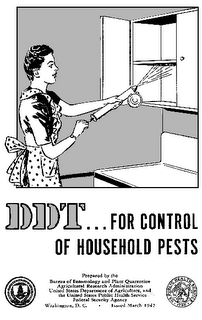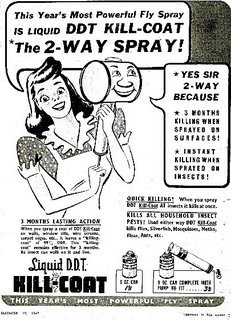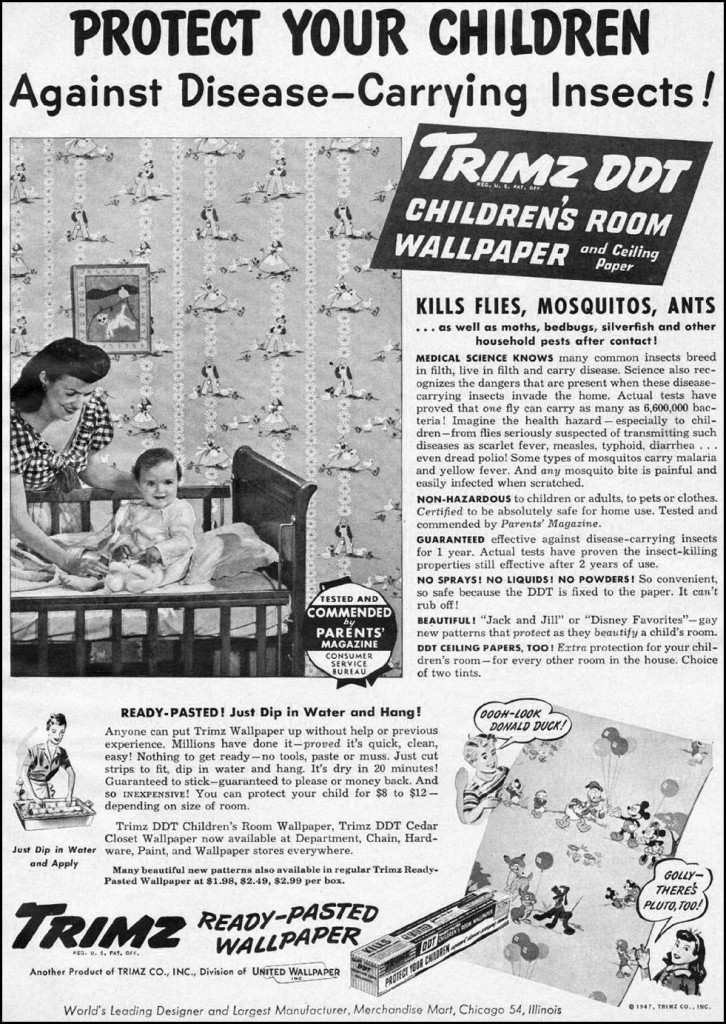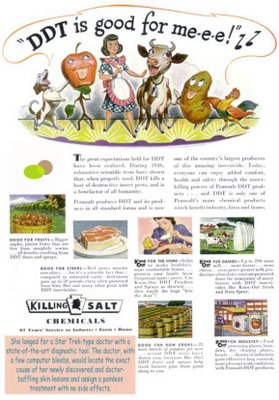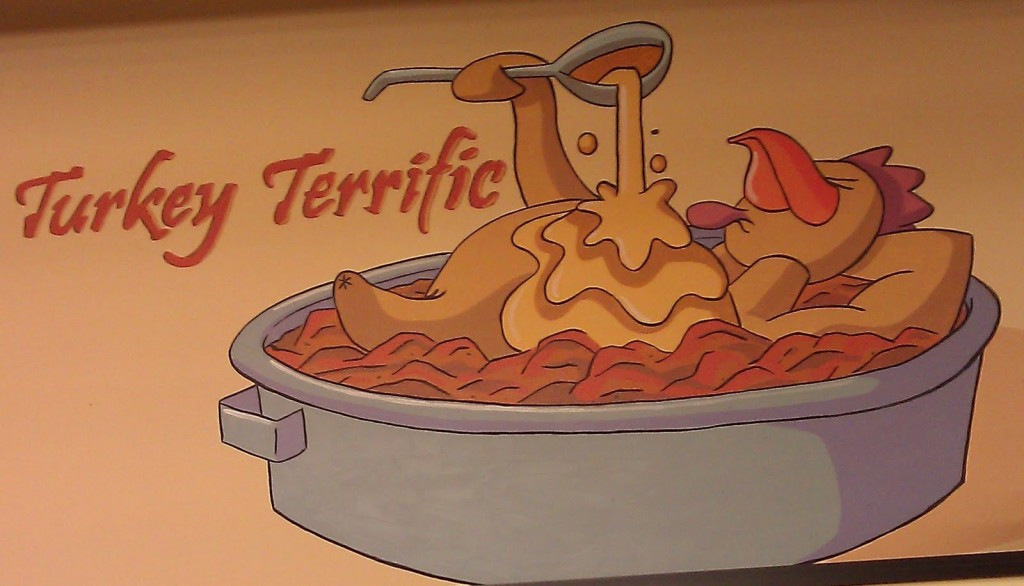Last month I wrote about gender differences in notions of health in a 1922 public health campaign designed to teach American teens about sex.
Today, we might not recognize that any of these recommendations had anything to do with sex. But in fact, they many of them were about masturbation. At this time, fewer physicians thought that it would cause madness, epilepsy, homosexuality, or gout, but they still believed that it would encourage depravity and a lack of self-discipline.
To encourage a healthy sexuality, they advised lots of exercise. Exercise was believed to teach self-control. It was also considered a good outlet for “energy,” leaving one to worn out to masturbate.
TEXT:
Can you walk 20 miles in a day? Can you work an 8-hour day in the field? Can you “chin yourself” 8 times? Can you run 100 yards in 12 seconds?
They promoted a healthy diet. Too much meat and too much spice were thought to encourage masturbation.
TEXT:
1. Eat fresh vegetables, cereals, bread and butter, eggs, fruit and a little meat or fish. 2. Eat slowly and thoroughly masticate (chew) your food. 3. Use judgment in amount and choice of foods. 4. Drink 6 to 10 glasses of water a day. Do not drink much water after supper. 5. Use your tooth brush at least twice a day — in the morning and at night.
People were also advised to sleep in well-ventilated rooms and to wear loose clothes that did not cause any friction:
TEXT:
Sleep with the windows open. “Turn in” at regular hours. Get 8 to 9 hours sleep every night.
Interestingly, only the boys’ posters actually discuss masturbation directly (self-abuse).
TITLE: Outdoor Life (avoid self-abuse)
TEXT:
1. Athletics. 2. Abundant outdoor life. 3. Wholesome companions. 4. Lots of good fun. 5. Constant employment. 6. Will power will help a boy break the habit called “self-abuse” (in case he has acquired the habit) and recover from any harm it may have done. This habit does not produce the terrible effects some ignorant people say it does. Most boys who have abused themselves stop before any great harm is done. Self-abuse may, however, seriously hinder a boy’s progress toward vigorous manhood. It is a selfish, childish, stupid habit. The strong boy will “cut it out.”
The posters are held at the Social Welfare History Archives at the University of Minnesota Libraries.
——————————
Christina Barmon is a doctoral student at Georgia State University studying sociology and gerontology.
If you would like to write a post for Sociological Images, please see our Guidelines for Guest Bloggers.










